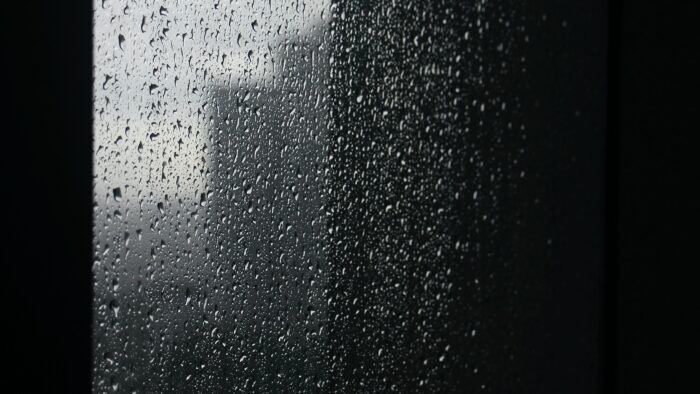Alfred Hitchcock drew a useful distinction between shock and suspense. Shock, he said, would be a bomb going off without warning at the family breakfast table.
But if you show your audience the bomb in advance, and if you intercut that with images of the oblivious family breakfasting — juxtaposing the normality with the horror in store — then you have suspense.
Suspense is what makes crime writing tick. Learn how to create suspense in your writing and you’ll have the reader on the edge of their seat – and turning the page to find out what happens next. Here are six ways I created suspense in No Other Darkness.
Be visceral
This is about engaging the reader’s senses — taste, touch, sound, smell. It’s also about pulling the reader headlong into the story, getting under their skin, making their pulse race.
In No Other Darkness, I trapped Marnie Rome underground with a trio of dangerous characters. I kept the chapters short, and ditched conventional sentence structure. Got right inside Marnie’s head. So we’re as scared as she is that she might not make it out alive.
Keep it real
Having horrors in store for your characters is all well and good, but take care not to go too far away from what a reader can easily imagine.
You’re after empathy. If your hero’s suspended over a tank of snakes (say) then can your reader reasonably imagine this sort of danger?
If not, you’ll have to work twice as hard at the suspense. Lots of readers have told me that they find both Someone Else’s Skin and No Other Darkness scarier than serial killer stories precisely because the books contain dangers they can imagine.
It feels as if it could happen to them.
Don’t be afraid of the dark
Hitchcock was one of the first mainstream directors to use darkness as a motif. He knew that the darker the fate in store for his characters, the closer his audience would sit to the edge of their seats.
Darkness is your friend. Use it. But know when to switch to no.4, below, for contrast and effect.
Darkness is your friend. Use it.
– Sarah Hilary
Turn on the lights
Have you ever watched a horror film and found yourself laughing at a moment when you’re damned sure the director meant you to scream? Relax, it’s not you.
The director got it wrong. It’s a normal human reaction to prolonged stress. The director should have given you a break, a scene where there was a chance to gather your breath. A moment of light will make the dark more effective.
Go around again
Hitchcock was the grandmaster of the motif, using staircases or fairground rides or simply shadows to signal his intention to scare us rigid. Look at how few of us can watch a shower scene without hearing screeching music and fearing for our lives.
No Other Darkness opens underground in a pit where two small boys are trapped. When, towards the end of the book, Marnie finds herself in similar straits the tension is immediately doubled because we remember the fate of those boys.
Keep secrets
We all want answers. It keeps us turning the pages to find out what happens next. If you give the reader too much information too soon, or if your information is always on the level, your reader will lose a little of that motivation to keep reading.
No Other Darkness is a book about secrets, so in a sense I cheated. But not all secrets are the same. Marnie Rome is an expert in uncovering secrets and at keeping them. You’ll have to read it to find out why.



